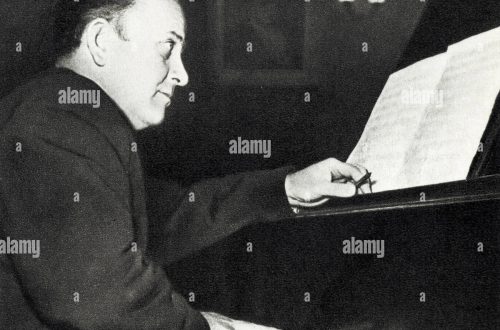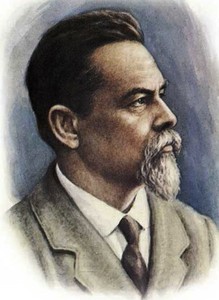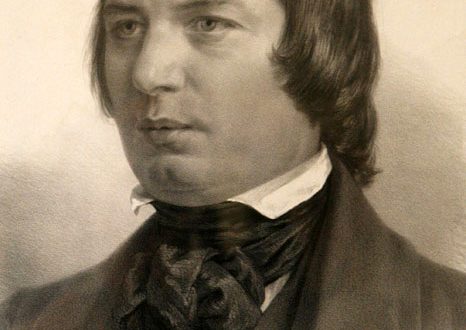
Clément Janequin |
Clement Janequin
Look through the master at mastery. V. Shakespeare
Whether he composes motets in massive chords, whether he dares to reproduce noisy confusion, whether he conveys female chatter in his songs, whether he reproduces bird voices – in everything that the magnificent Janequin sings, he is divine and immortal. A. Banff
C. Janequin – French composer of the first half of the XNUMXth century. – one of the brightest and most significant figures of the Renaissance. Unfortunately, there is very little reliable information about his life path. But the image of a humanist artist, a lover of life and a merry fellow, a subtle lyricist and a witty satirist-genre painter is expressively revealed in his work, diverse in plots and genres. Like many representatives of the musical culture of the Renaissance, Janequin turned to the traditional genres of sacred music – he wrote motets, psalms, masses. But the most original works, which had great success with contemporaries and retain their artistic significance to this day, were created by the composer in the secular genre of French polyphonic song – chanson. In the history of the development of the musical culture of France, this genre played a very important role. Rooted in the folk song and poetic culture of the Middle Ages, existing in the work of troubadours and trouveurs, chanson expressed the thoughts and aspirations of all social strata of society. Therefore, the features of Renaissance art were embodied in it more organically and brighter than in any other genres.
The earliest (of the known) edition of Janequin’s songs dates back to 1529, when Pierre Attenyan, the oldest music printer in Paris, published a number of the composer’s major songs. This date has become a kind of starting point in determining the milestones of the life and creative path of the artist. The first stage of Janequin’s intense musical activity is associated with the cities of Bordeaux and Angers. From 1533, he occupied a prominent position as musical director in the Angers Cathedral, which was famous for the high level of performance of its chapel and excellent organ. In Angers, a major center of humanism in the 10th century, where the university played a prominent role in public life, the composer spent about XNUMX years. (It is interesting that the youth of another outstanding representative of French Renaissance culture, Francois Rabelais, is also associated with Angers. In the prologue to the fourth book of Gargantua and Pantagruel, he warmly recalls these years.)
Janequin leaves Angers approx. 1540 Almost nothing is known about the next decade of his life. There is documentary evidence of Janequin’s admission in the late 1540s. to serve as chaplain to the Duke Francois de Guise. Several chansons have survived dedicated to Janequin’s military victories of the duke. From 1555, the composer became the singer of the royal choir, then received the title of “permanent composer” of the king. Despite the European fame, the success of his works, multiple reprints of chanson collections, Zhanequin is experiencing serious financial difficulties. In 1559, he even addresses a poetic message to the French queen, in which he directly complains about poverty.
The difficulties of everyday existence did not break the composer. Zhanequin is the brightest type of Renaissance personality with her indestructible spirit of cheerfulness and optimism, love for all earthly joys, and the ability to see beauty in the world around her. Comparison of Janequin’s music with the work of Rabelais is widespread. The artists have in common the juiciness and coloring of the language (for Zhaneken, this is not only the choice of poetic texts, replete with well-aimed folk expressions, sparkling with humor, fun, but also a love for colorful detailed descriptions, the widespread use of pictorial and onomatopoeic techniques that give his works a special truthfulness and vitality). A vivid example is the famous vocal fantasy “The Cries of Paris” – a detailed, like a theatrical scene of Parisian street life. After a measured introduction, where the author asks the listeners if they would like to listen to the street dissonance of Paris, the first episode of the performance begins – the inviting exclamations of sellers constantly sound, changing and interrupting each other: “pies, red wine, herring, old shoes, artichokes, milk , beets, cherries, Russian beans, chestnuts, pigeons … “The pace of performance is getting faster, creating in this flowery dissonance a picture associated with the hyperbole of” Gargantua “. The fantasy ends with calls: “Listen! Hear the cries of Paris!”
A number of picturesque choral compositions by Janequin were born as a response to important historical events of his era. One of the composer’s most popular works, The Battle, describes the battle of Marignano in September 1515, where French troops defeated the Swiss. Brightly and in relief, as if on the battle canvases of Titian and Tintoretto, the sound image of a grandiose musical fresco is written out. Her leittheme – the call of the bugle – runs through all the episodes of the work. In accordance with the unfolding poetic plot, this chanson consists of two sections: 1h. – preparation for the battle, 2 hours – its description. Freely varying the texture of the choral writing, the composer follows the text, trying to convey the emotional tension of the last moments before the battle and the heroic determination of the soldiers. In the picture of the battle, Zhanequin uses many innovative, extremely bold for his time, onomatopoeia techniques: parts of choral voices imitate the beat of drums, trumpet signals, rattling of swords.
The chanson “Battle of Marignano”, which became a discovery for its era, caused many imitations both among Janequin’s compatriots and outside France. The composer himself repeatedly turned to compositions of this kind, inspired by the patriotic upsurge caused by the victories of France (“The Battle of Metz” – 1555 and “The Battle of Renty” – 1559). The impact of Janeken’s heroic-patriotic chansons on the listeners was extremely strong. As one of his contemporaries testifies, “when the “Battle of Marignano” was performed … each of those present grabbed a weapon and assumed a warlike pose.”
Among the expressive poetic sketches and illustrative paintings of the genre and everyday life, created by means of choral polyphony, admirers of Zhanequin’s talent singled out Deer Hunting, onomatopoeic plays Birdsong, The Nightingale and the comic scene Women’s Chatter. The plot, the picturesque music, the thoroughness of the sound rendering of numerous details evoke associations with the canvases of Dutch artists, who attached importance to the smallest details depicted on the canvas.
The composer’s chamber vocal lyrics are much less known to listeners than his monumental choral compositions. In the early period of his work, Zhanequin gravitated towards the poetry of Clement Marot, one of A. Pushkin’s favorite poets. From the 1530s chanson appears on the poems of the poets of the famous “Pleiades” – the creative community of seven outstanding artists who named their union in memory of the constellation of Alexandrian poets. In their work, Zhanequin was captivated by the sophistication and elegance of images, the musicality of the style, the ardor of feelings. Known are vocal compositions based on the verses of P. Ronsard, the “king of poets,” as his contemporaries called him, J. Du Bellay, A. Baif. The traditions of the humanistic art of Janequin in the field of polyphonic polyphonic song were continued by Guillaume Cotelet and Claudin de Sermisy.
N. Yavorskaya





